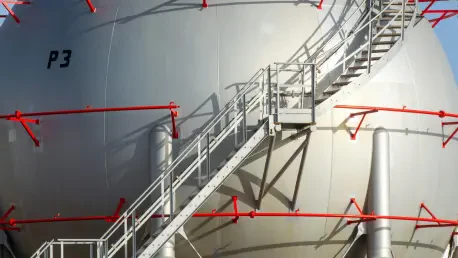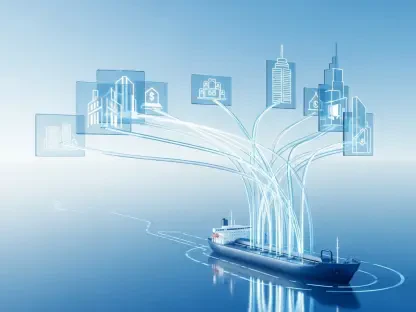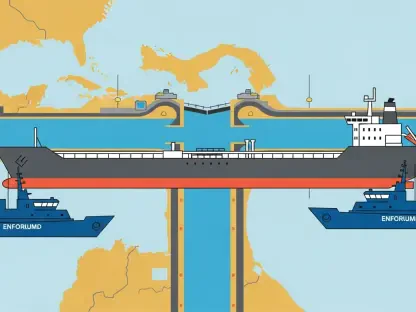In a region where energy security remains a pressing concern, a significant dispute has emerged between Hungarian oil giant MOL and Croatian pipeline operator Janaf over the capacity of the Adriatic pipeline, a crucial conduit for oil supplies to Hungary and Slovakia. This infrastructure, seen as a potential lifeline amid mounting European Union pressure to reduce reliance on Russian crude, is at the heart of a disagreement that could shape the energy future of Eastern Europe. Both countries currently depend heavily on Russian oil delivered through the Druzhba pipeline, but with geopolitical tensions escalating, the need for alternative routes has never been more urgent. The clash between MOL and Janaf raises critical questions about whether the Adriatic pipeline can meet the demands of MOL’s refineries, which process a combined 14.2 million tons of oil annually, much of it sourced from cost-effective Russian Ural crude. This unfolding situation highlights the broader struggle for energy diversification in the region.
Technical Disputes and Differing Claims
The core of the conflict lies in recent capacity tests conducted on the Adriatic pipeline, which have yielded starkly contrasting conclusions from the two parties involved. MOL has reported that the tests, carried out over a short period, exposed significant technical limitations, with the pipeline unable to maintain sufficient flow for extended durations—specifically, not exceeding two hours. This finding has led MOL to express serious doubts about the pipeline’s ability to fully support the operational needs of its refineries in Hungary and Slovakia. On the other hand, Janaf has categorically rejected these assertions, maintaining that the pipeline is both technically and organizationally prepared to handle the annual crude oil requirements of MOL’s facilities. Janaf further clarified that any reductions in flow during the tests were made at MOL’s request, and no operational barriers existed on their side. This discrepancy in perspectives underscores a fundamental disagreement about the pipeline’s readiness to serve as a reliable alternative to Russian oil supplies, casting uncertainty over its role in regional energy strategies.
Geopolitical Stakes and Energy Independence
Beyond the technical disagreements, this dispute is deeply intertwined with broader geopolitical dynamics and the European Union’s push for energy independence. With potential new trade restrictions on Russian oil deliveries looming, which could bypass vetoes from Hungary or Slovakia, the urgency to secure alternative supply routes has intensified. While many EU nations have made strides in reducing their dependency on Russian energy, Hungary and Slovakia continue to import substantial volumes, often under exemptions from wider sanctions. The Adriatic pipeline, therefore, represents more than just infrastructure—it symbolizes a critical test of whether Eastern Europe can pivot away from long-standing energy ties with Russia. The ongoing clash between MOL and Janaf reflects larger regional challenges in aligning infrastructure capabilities with strategic goals. As discussions around energy security evolve, the resolution of this issue will likely influence EU policies on diversification, highlighting the complex balance between technical feasibility and geopolitical imperatives.









